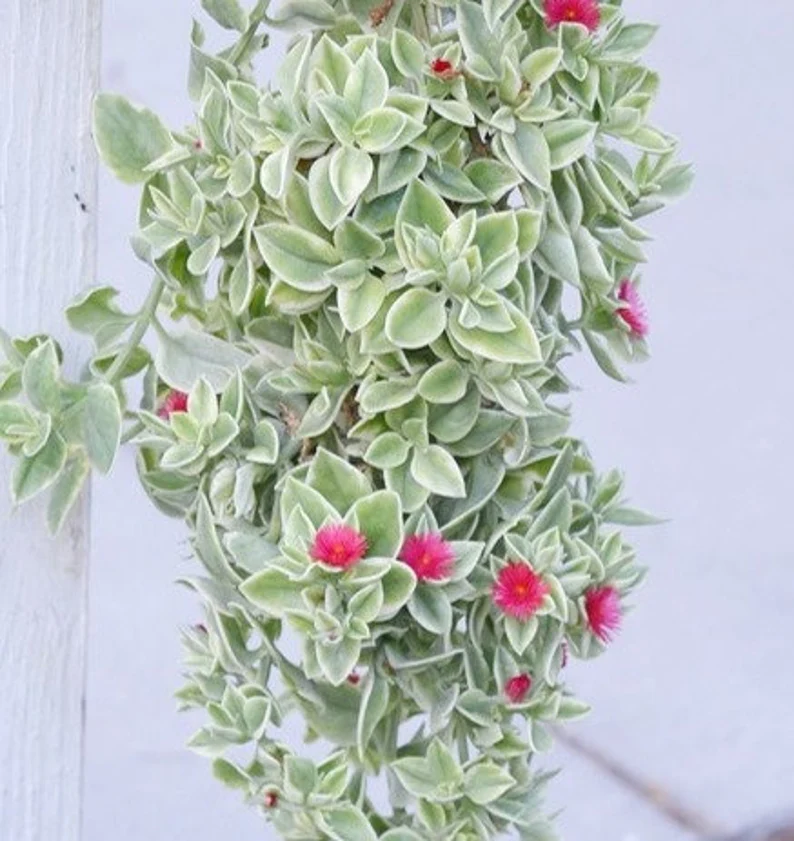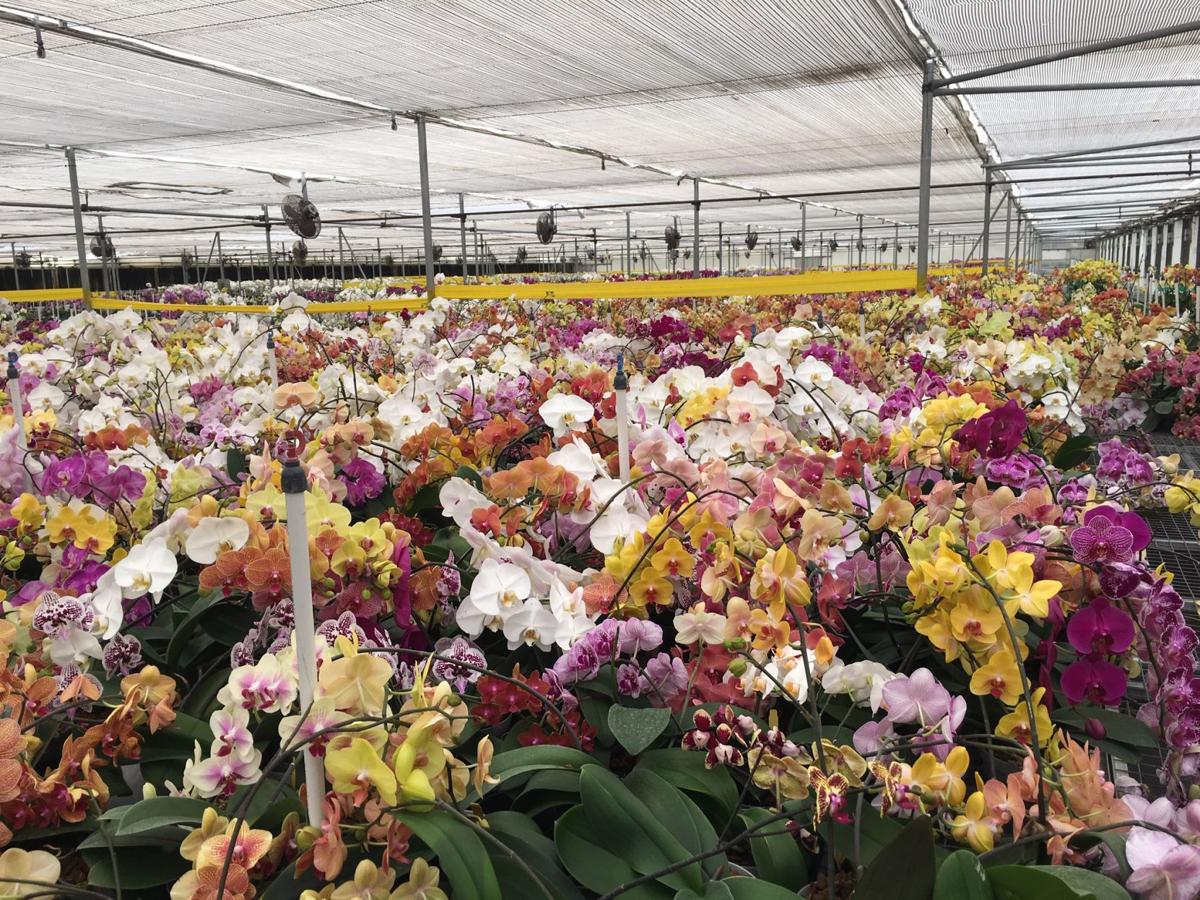Introduction
Annabelle hydrangea, with its breathtaking beauty and elegant charm, has captured the hearts of gardeners and flower enthusiasts alike. This captivating flowering shrub, also known as Hydrangea arborescens ‘Annabelle,’ has become a beloved addition to gardens around the world. In this blog post, we will explore the mesmerizing allure of Annabelle hydrangea, its characteristics, cultivation tips, and why it remains a timeless favorite.
1. History and Characteristics:
Annabelle hydrangea is a cultivar of the wild hydrangea species native to North America. It was discovered in the early 1960s and quickly gained popularity due to its exceptional beauty. One of its most distinguishing features is its large, round flower heads, which can reach a diameter of up to 12 inches (30 cm). These stunning blooms are composed of numerous small, creamy white flowers, creating a mesmerizing floral spectacle.
2. Versatility in the Garden:
One of the reasons why Annabelle hydrangea has become a garden favorite is its versatility. This deciduous shrub thrives in a wide range of climates, from USDA hardiness zones 3 to 9. Whether your garden is bathed in sunlight or shaded by trees, Annabelle hydrangea adapts well to various light conditions. Its ability to withstand both extreme heat and cold makes it an excellent choice for gardeners across different regions.
3. Care and Cultivation:
Cultivating Annabelle hydrangea requires minimal effort, making it suitable for both experienced gardeners and beginners. Here are a few care tips to ensure its optimal growth and blossoming:
– Planting: Choose a location with well-drained soil and partial shade, especially in hotter climates. Prepare the soil by adding organic matter to improve moisture retention.
– Watering: Annabelle hydrangea prefers moist soil, but it should not be waterlogged. Regular watering, especially during dry spells, is essential to keep the plant healthy and vibrant.
– Pruning: Pruning should be done in late winter or early spring before new growth appears. Remove any dead or damaged wood and cut back old stems to encourage vigorous growth and abundant flowering.
4. Year-round Appeal:
While Annabelle hydrangea’s blooms steal the spotlight during the summer, this charming shrub continues to captivate with its year-round appeal. In autumn, its foliage takes on a splendid hue of gold and burgundy, adding a touch of elegance to the garden landscape. Even during winter, the dried flower heads remain intact, providing visual interest and texture to the garden until the arrival of spring.
5. Landscaping Ideas:
Annabelle hydrangea’s versatility extends beyond its adaptability to different growing conditions. It also complements various garden styles and designs. Whether planted as a focal point, in mixed borders, or as a foundation plant, its stunning blooms create an enchanting atmosphere. Furthermore, Annabelle hydrangea’s ability to thrive in containers makes it a versatile choice for patios, balconies, and small gardens.





